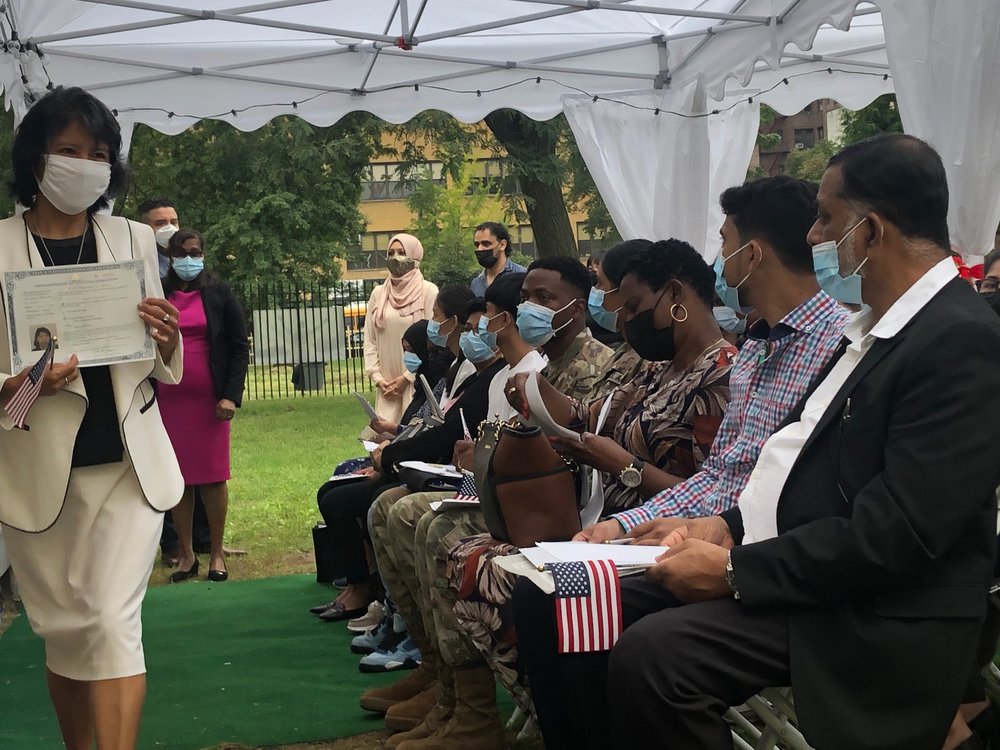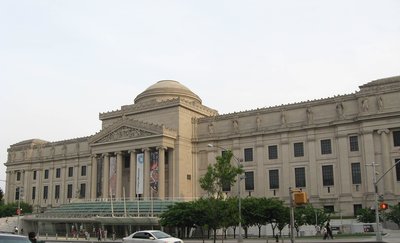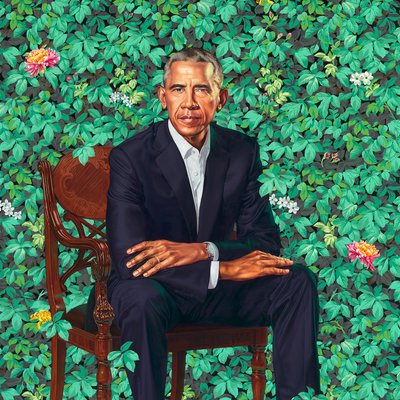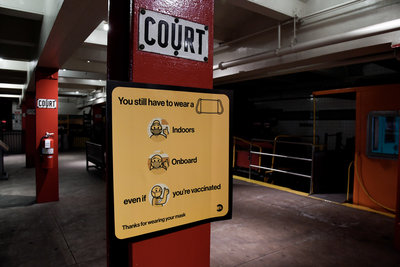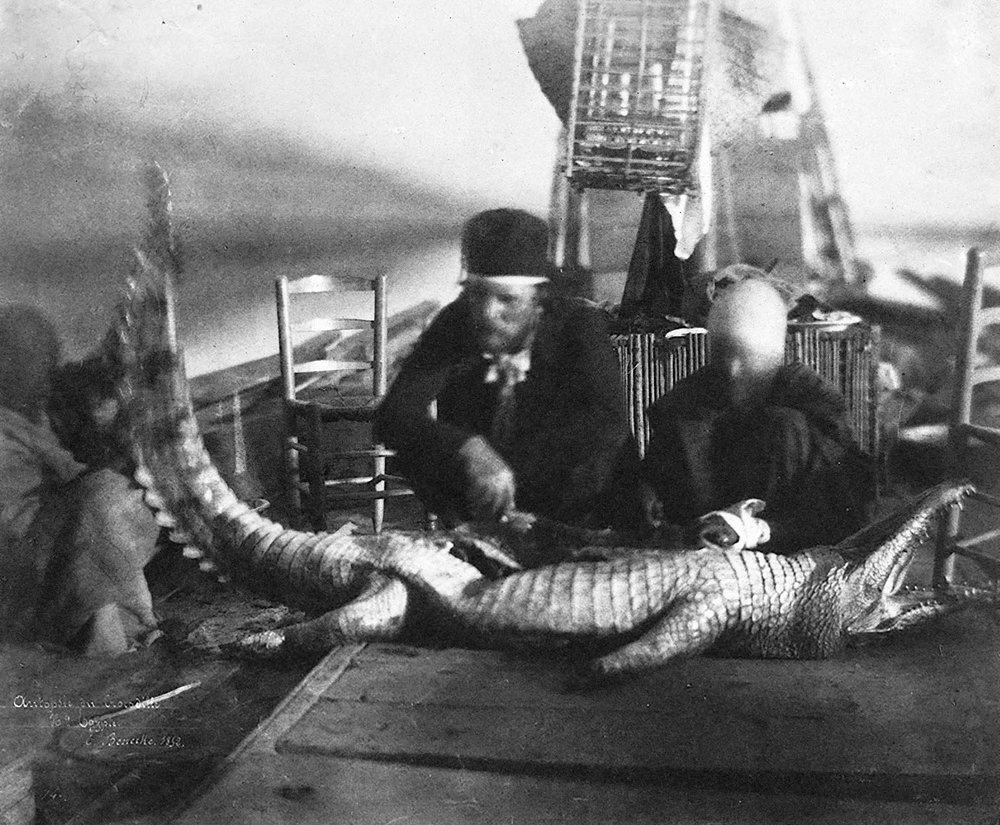New citizens sworn in on Constitution Day
Forty new American citizens were sworn in on the grounds of King Manor Museum last Friday, pledging their public oath and allegiance to this nation.
Remarks from immigration officials and oaths administered by Judge Sanket J. Bushar of the Eastern District of New York marked the long-awaited day for many, which coincided with Citizenship and Constitution Day.
The naturalization ceremony was part of a larger welcoming of 21,000 citizens in 355 ceremonies across the country last week, according to the U.S. Citizenship and Immigration Services.
Karen Jachero, one of Queens’ newest citizens from Ecuador, said the joyous day was six years in the making.
“I’m excited and ready for my new path as a citizen,” Jachero said, clutching her newly received naturalization documents. “For me it was very important to get U.S. citizenship so I can bring my mom from my country and, of course, to have the right to vote. I was waiting for this for so long.”
Following the ceremony, Jacero and others re-enacted what the founding fathers did 234 years ago: signing their name to the U.S. Constitution.
Bushar spoke to the significance of King Manor Museum, the home of Rufus King, serving as the host for the Friday morning event.
“Decades before the civil war, he spoke out against slavery when it was a radical thing to do,” said Bushar. “He was able to do so because our United States Constitution protects freedom of speech, freedom of expression, and freedom of assembly, rights that are forever shrined in the First Amendment of the Bill of Rights.”
The magistrate judge for the Eastern District of New York said his district, which serves over 8 million people, is one of the most diverse places in the country and possibly the world.
“More languages, customs, international cuisine and houses of worship are found here than anywhere else,” said Bushar, who added that his parents became citizens in the 1970’s, shortly after immigrating from India.
“They came in search of opportunities not available anywhere else,” he added. “They first landed in Queens and moved to LeFrak City with only a few dollars to their name and with big dreams. I am grateful that they took this first step that made it possible for me to become a judge.”
The swearing-in ceremony concluded with a final Pledge of Allegiance and the distribution of official documents.
“I am sure you will always hold close to your hearts your native lands and its people and its customs, as you should,” said Bushar. “You today have all made the decision on this day to embrace the United States of America as your country. The United States is richer for all the traditions and history you bring from your native lands.”




